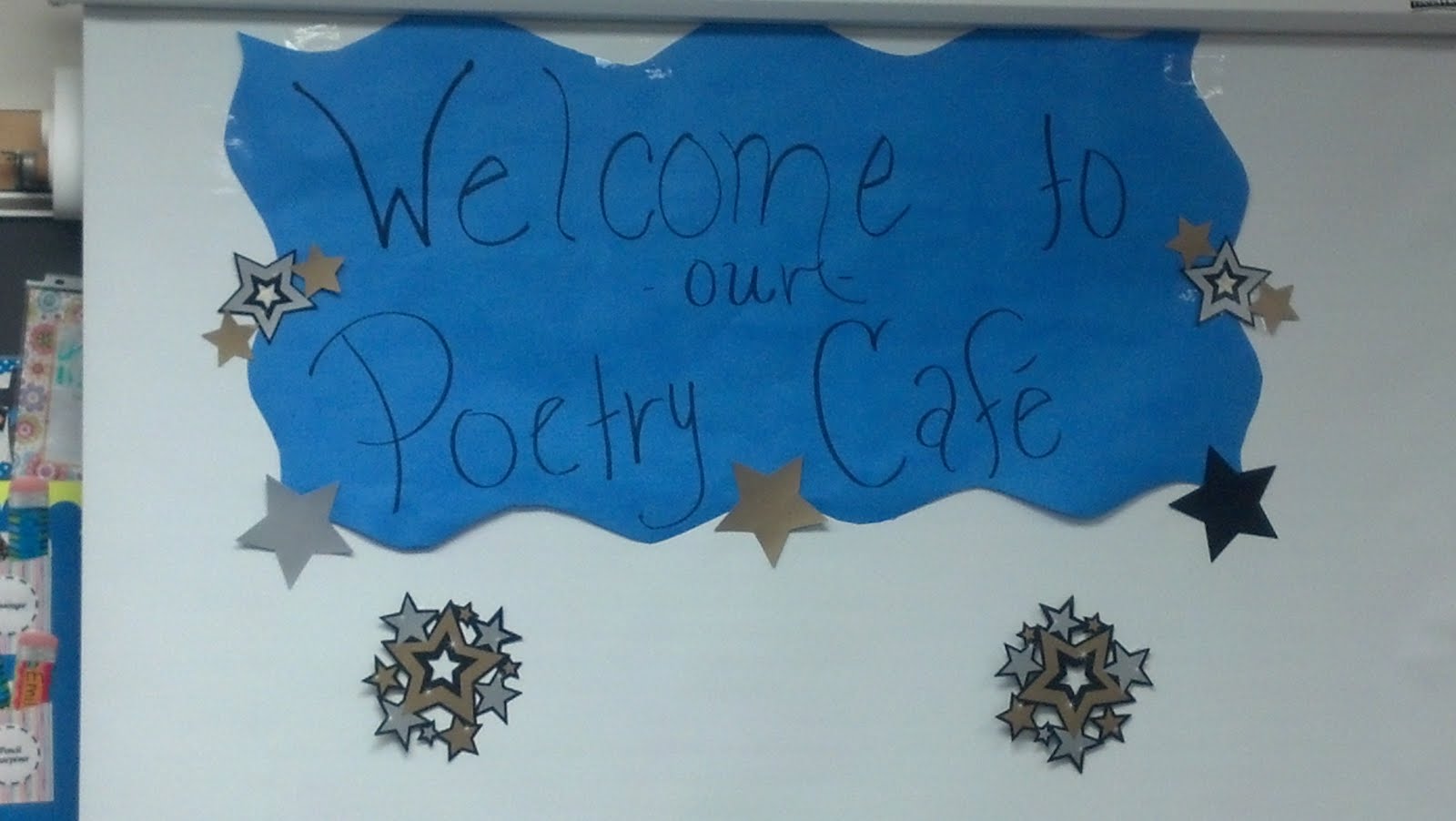 Flamingo
Science:
Marsh wader,
yogini balanced on one leg,
like an apple tree in bloom,
webbed foot clinging
to the rock. Marble eyes
blue as the water
your boomerang beak
scoops for shrimp.
You are the color
of your dinner.
Symbolism:
Yet, your feathers might be
pale as the inside of a shell
or pink as a vacation sunburn.
Cotton candy, bubble gum,
hotel towel washed too many times.
Children ask me if you fly
like a parasail over the beach.
Not that I've seen.
What did John James Audubon think
when he first saw a flock --
a shock to the corner of his eye --
of pink in summer sky?
One thing I've learned working with this image from Picturing America -- flamingos only exist in captivity in today's U.S.
Flamingo
Science:
Marsh wader,
yogini balanced on one leg,
like an apple tree in bloom,
webbed foot clinging
to the rock. Marble eyes
blue as the water
your boomerang beak
scoops for shrimp.
You are the color
of your dinner.
Symbolism:
Yet, your feathers might be
pale as the inside of a shell
or pink as a vacation sunburn.
Cotton candy, bubble gum,
hotel towel washed too many times.
Children ask me if you fly
like a parasail over the beach.
Not that I've seen.
What did John James Audubon think
when he first saw a flock --
a shock to the corner of his eye --
of pink in summer sky?
One thing I've learned working with this image from Picturing America -- flamingos only exist in captivity in today's U.S.
Thursday, January 15, 2009
Writing Exercise: Science & Symbolism
Recommended Ages: Middle School and Up
Start by reading our model poem, Mary Oliver's "Bats." I've got part of the poem in this post, or you can find it in an anthology called "Nightwalks."
For your poem, follow Oliver's structure. First, explore or list the facts about your object/theme. You might chose an animal, like Oliver did, or something less tangible like "dreams."
The turn of the poem is that word, "Yet." You've talked science. Now it's time for the symbolize. Forget the facts for the rest of the poem. Here's your chance to mull over the deeper, unexplainable things your object suggests.
Since I've been working with Audubon's "American Flamingo" in my Maryland Humanities Council poetry workshops, I'll have to go with that bird as my object. Here's my brainstorming for a science and symbolism poem.
 Flamingo
Science:
Marsh wader,
yogini balanced on one leg,
like an apple tree in bloom,
webbed foot clinging
to the rock. Marble eyes
blue as the water
your boomerang beak
scoops for shrimp.
You are the color
of your dinner.
Symbolism:
Yet, your feathers might be
pale as the inside of a shell
or pink as a vacation sunburn.
Cotton candy, bubble gum,
hotel towel washed too many times.
Children ask me if you fly
like a parasail over the beach.
Not that I've seen.
What did John James Audubon think
when he first saw a flock --
a shock to the corner of his eye --
of pink in summer sky?
One thing I've learned working with this image from Picturing America -- flamingos only exist in captivity in today's U.S.
Flamingo
Science:
Marsh wader,
yogini balanced on one leg,
like an apple tree in bloom,
webbed foot clinging
to the rock. Marble eyes
blue as the water
your boomerang beak
scoops for shrimp.
You are the color
of your dinner.
Symbolism:
Yet, your feathers might be
pale as the inside of a shell
or pink as a vacation sunburn.
Cotton candy, bubble gum,
hotel towel washed too many times.
Children ask me if you fly
like a parasail over the beach.
Not that I've seen.
What did John James Audubon think
when he first saw a flock --
a shock to the corner of his eye --
of pink in summer sky?
One thing I've learned working with this image from Picturing America -- flamingos only exist in captivity in today's U.S.
 Flamingo
Science:
Marsh wader,
yogini balanced on one leg,
like an apple tree in bloom,
webbed foot clinging
to the rock. Marble eyes
blue as the water
your boomerang beak
scoops for shrimp.
You are the color
of your dinner.
Symbolism:
Yet, your feathers might be
pale as the inside of a shell
or pink as a vacation sunburn.
Cotton candy, bubble gum,
hotel towel washed too many times.
Children ask me if you fly
like a parasail over the beach.
Not that I've seen.
What did John James Audubon think
when he first saw a flock --
a shock to the corner of his eye --
of pink in summer sky?
One thing I've learned working with this image from Picturing America -- flamingos only exist in captivity in today's U.S.
Flamingo
Science:
Marsh wader,
yogini balanced on one leg,
like an apple tree in bloom,
webbed foot clinging
to the rock. Marble eyes
blue as the water
your boomerang beak
scoops for shrimp.
You are the color
of your dinner.
Symbolism:
Yet, your feathers might be
pale as the inside of a shell
or pink as a vacation sunburn.
Cotton candy, bubble gum,
hotel towel washed too many times.
Children ask me if you fly
like a parasail over the beach.
Not that I've seen.
What did John James Audubon think
when he first saw a flock --
a shock to the corner of his eye --
of pink in summer sky?
One thing I've learned working with this image from Picturing America -- flamingos only exist in captivity in today's U.S.
Subscribe to:
Post Comments (Atom)

No comments:
Post a Comment